The jury’s out on natural flood management
Issued: June 2016
Almost ten years ago, the Pitt review of flooding pointed towards a whole-catchment response to flood management. Not just flood defences in urban areas, but changes to upland land use and water flows. Where are we now?
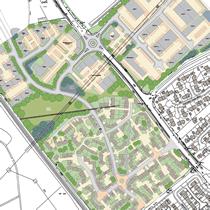 WHS has satisfied the runoff and treatment requirements in a large complex site with a combination of appropriate SuDS strategies. Biodiversity will be enhanced and local amenity enriched.
WHS has satisfied the runoff and treatment requirements in a large complex site with a combination of appropriate SuDS strategies. Biodiversity will be enhanced and local amenity enriched.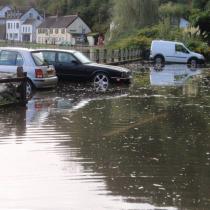
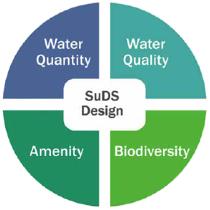 Issued: December 2016
Issued: December 2016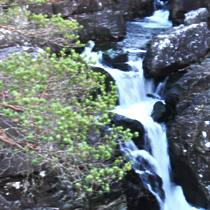 The River Grudie hydroelectric scheme is under construction. The success of this remote and sensitively located development has demanded the expertise of the entire WHS team over seven years.
The River Grudie hydroelectric scheme is under construction. The success of this remote and sensitively located development has demanded the expertise of the entire WHS team over seven years. A pollution incident upstream could affect 16 public water supply intakes in the Thames basin. How long will it take?
A pollution incident upstream could affect 16 public water supply intakes in the Thames basin. How long will it take?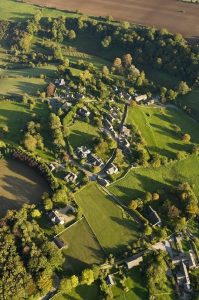 The Environment Agency (EA) and UK Water Industry Research (UKWIR) have been working together to develop a water-quality model to allocate the proportions of loads and concentrations of priority substances from different sources in the river network (source apportionment).
The Environment Agency (EA) and UK Water Industry Research (UKWIR) have been working together to develop a water-quality model to allocate the proportions of loads and concentrations of priority substances from different sources in the river network (source apportionment).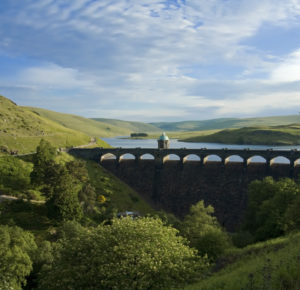 Time
Time 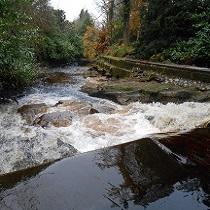 Scotch whisky production is the third biggest industry in Scotland. It is worth more than £5bn for the UK economy and growing fast. Can available water resources cope with demand?
Scotch whisky production is the third biggest industry in Scotland. It is worth more than £5bn for the UK economy and growing fast. Can available water resources cope with demand?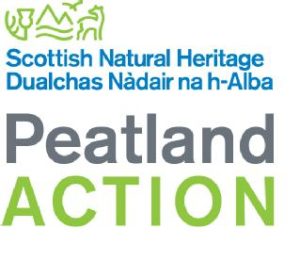 A fifth of Scotland is peatland. Healthy peatlands with high groundwater levels are crucial for trapping carbon – essential for Scotland to meet its emissions reduction target of 42% by 2020.
A fifth of Scotland is peatland. Healthy peatlands with high groundwater levels are crucial for trapping carbon – essential for Scotland to meet its emissions reduction target of 42% by 2020.